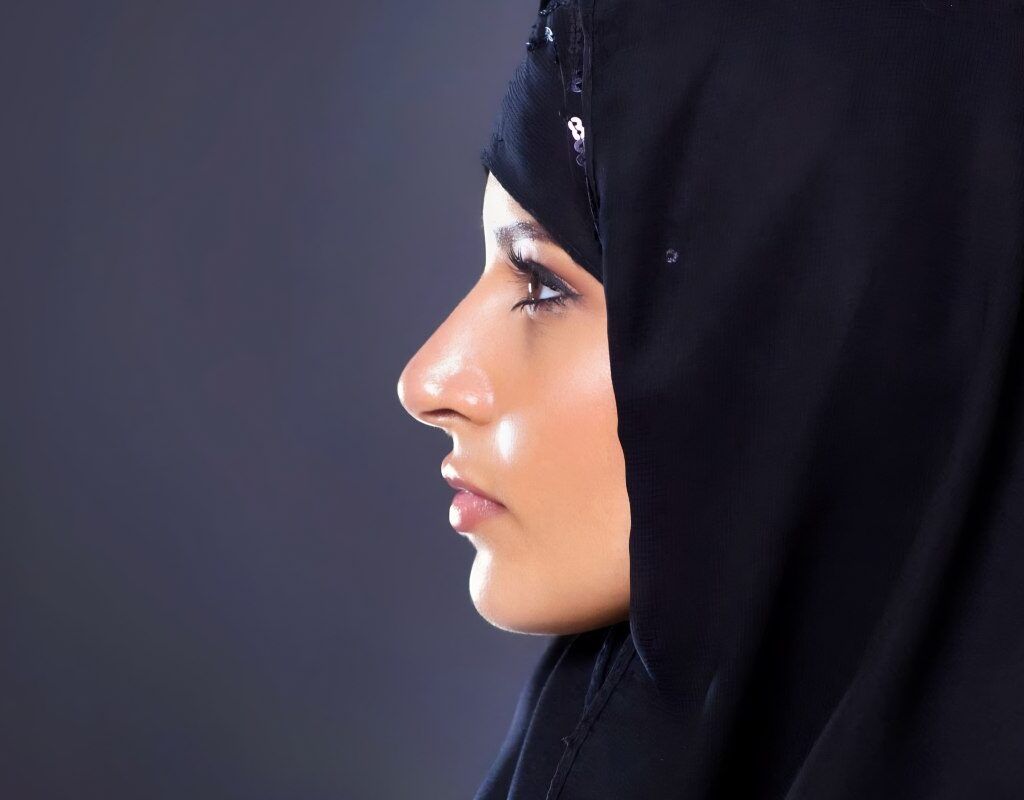The Islamic State, frequently central to geopolitical discussions, remains enigmatic in its core beliefs. Delving into its fervor offers a glimpse into the paradise that draws its members and the traditions enshrouding its faith, such as that of the houris.
What Drives the Members of the Islamic State?
To understand the fervor behind Islamic State (IS) fighters, it is imperative to delve deep into one of their most profound beliefs: those who perish on the battlefield in the name of Allah during jihad, or holy war, will be exalted in paradise.
This vision of paradise plays a pivotal role in drawing radical members, especially in regions with deep-rooted Islamic faith. This conviction underscores their audacity in the face of death, hopeful for the eternal reward that awaits them, as per their belief.
The Islamic View of Paradise and the Houris
Islamic tradition holds that men who sacrifice themselves as “martyrs” in jihad will be blessed in the afterlife with the company of 72 houris or Celestial Virgins. Women, on the other hand, are promised a companion to fulfill them.
A houri is perceived as a celestial figure, personified as a young virgin of unparalleled beauty, destined to be the partner of the faithful in paradise. Both the Quran and hadiths (anecdotes about the Prophet Muhammad) portray the houris as beings of unmatched luminosity and purity, accentuating their charm, beauty, and allure.
The Enigma of the Number 72
The number 72 has historically been a subject of fascination across various traditions and beliefs, laden with mystical symbolism.
In Jewish Kabbalah, for instance, 72 is a pivotal number linked with the divine essence. It is worth noting, however, that the Quran does not specify the exact number of houris. This notion originates from interpretations and traditions that have evolved over time.
Spiritual Parallels
How Religious Traditions Reflect Universal Human Hopes
Beyond literal interpretations, it’s essential to focus on the spiritual similarities shared by various religious traditions. Rather than concentrating on superficial differences, we can discern parallels.
For instance, in Christianity, images like wings or harps are depicted as symbols of divinity and purity. Many spiritual traditions describe the bliss of the afterlife in a more metaphysical than physical context.
The redeemed are portrayed as “angels of God in heaven,” free from earthly ties like marriage. These views underscore the universality of human hopes and longings and serve as bridges for mutual understanding among diverse beliefs and cultures.
Though religious traditions have visible differences, upon deeper examination, we discover spiritual parallels and likenesses. These connections bolster the idea that, fundamentally, humans seek answers and solace in beliefs that transcend the earthly realm.



